Clematis - help
scott24
14 years ago
Related Stories

PLANTING IDEASGreat Garden Combo: Rose + Clematis for Small-Space Impact
We all need somebody to lean on. And when a rose supports a climbing vine, the results can totally transform a small garden
Full Story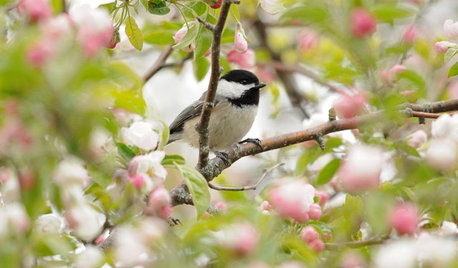
SPRING GARDENINGSpring Gardens Are Waking — Here’s What to Do in March
Excitement fills the air when gardens come back to life. These guides will help you make the most of yours
Full Story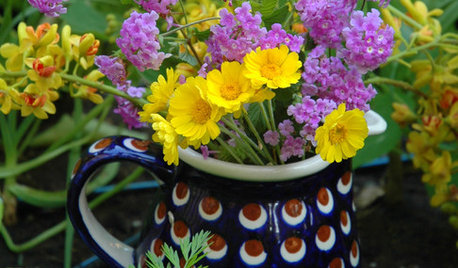
GARDENING GUIDESBe Your Own Best Florist With a Bouquet Garden
Shop your backyard for gorgeous floral arrangements — these ideas will help you bring the garden to the table beautifully
Full Story
GROUND COVERSGround Force: 10 Top Ground Covers for Your Garden
Protect your soil from weeds and drought this summer with a living mulch of ground covers
Full Story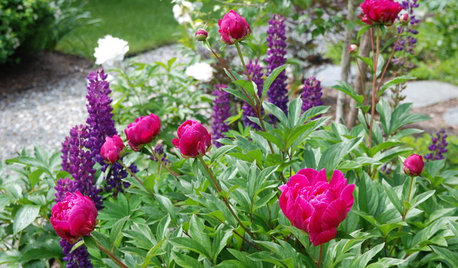
GARDENING GUIDESNortheast Gardener's June Checklist
Tote out garden ornaments, unleash your color passion and glean inspiration from the many Northeast tours
Full Story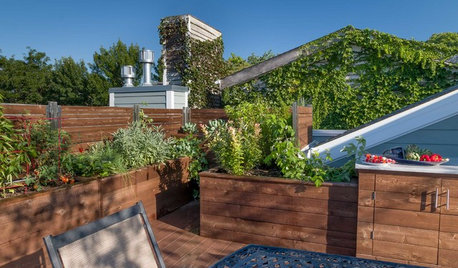
GARDENING GUIDES10 Tips for Beginning Gardeners
With a simple sketch, basic tools and the right plants, you’ll be on your way to growing your first flowers or edibles
Full Story
GARDENING GUIDESGrow Your Own Privacy: How to Screen With Plants and Trees
Use living walls to lower your home and garden's exposure while boosting natural beauty in your landscape
Full Story
PATIO OF THE WEEKYear-Round Gazebo Glory in Toronto
Lilacs in spring, snuggly blankets in winter. With weatherproof panels and seats aplenty, this gazebo is guest ready all year long
Full Story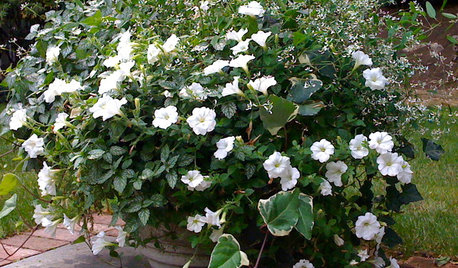
GARDENING GUIDES11 Perfect Plants for a Moonlit Garden — in Pots
Create an alluring after-dark aura on a patio or deck with container plants that glow white under the stars
Full Story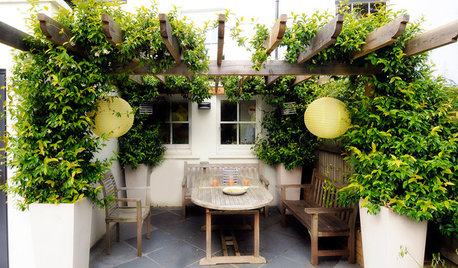
GARDENING AND LANDSCAPINGSeek Shelter in the Shade This Summer
Open up to outdoor living with 8 garden shade strategies
Full Story








Karchita
gardengal48 (PNW Z8/9)
Related Professionals
McKinney Landscape Contractors · Milford Landscape Contractors · Mooresville Landscape Contractors · Cincinnati Landscape Contractors · Inglewood Landscape Contractors · La Mirada Landscape Contractors · Lemoore Landscape Contractors · Norristown Landscape Contractors · Roseville Landscape Contractors · Winchester Landscape Contractors · Daly City Fence Contractors · Kirkland Fence Contractors · Olive Branch Fence Contractors · Prairieville Fence Contractors · Westmont Fence ContractorsEmbothrium
Karchita
scott24Original Author